
Tel: 020 7620 1818 email: cookandbutler@btconnect.com
Smeatonian Society of Civil Engineers
250th Anniversary Dinner
September 8th 2021, Trinity House, London
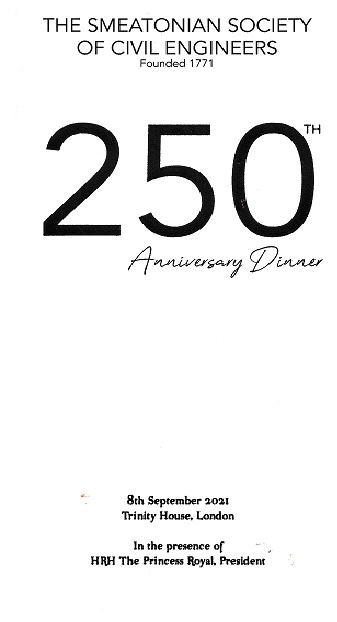
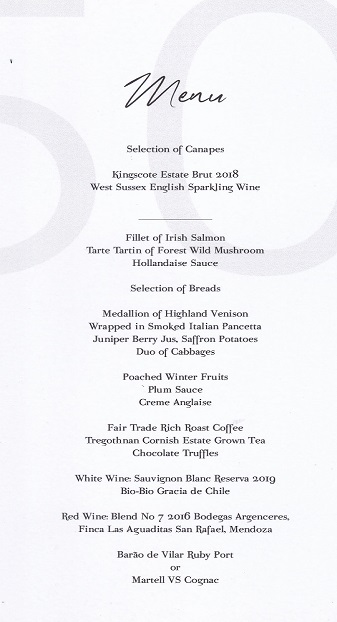
Autumn Lunch
October 2016, Trinity House, London
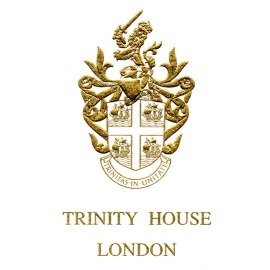
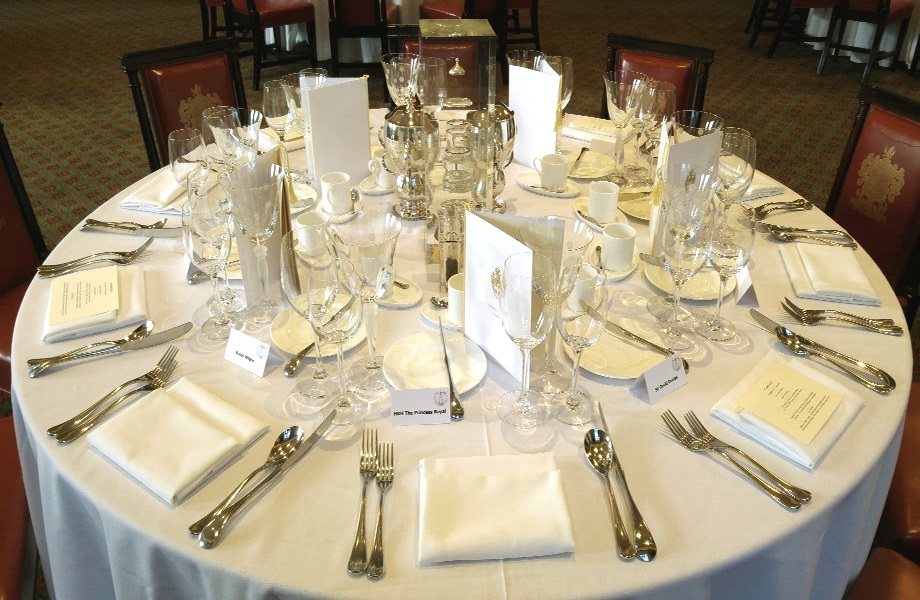
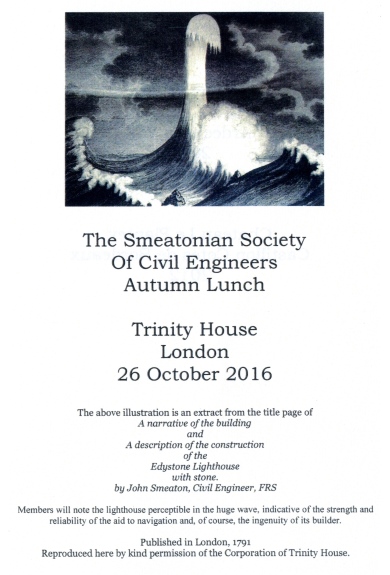
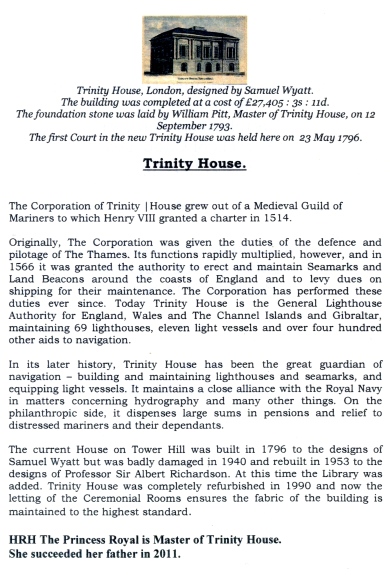
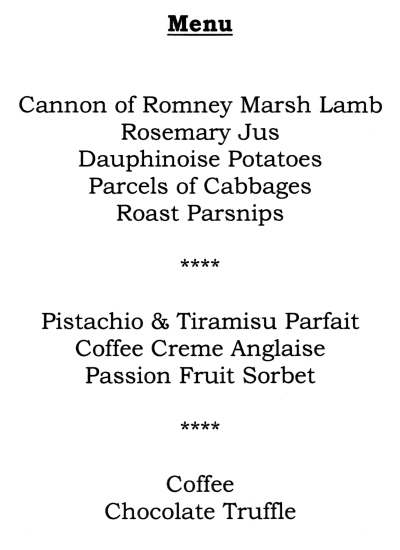
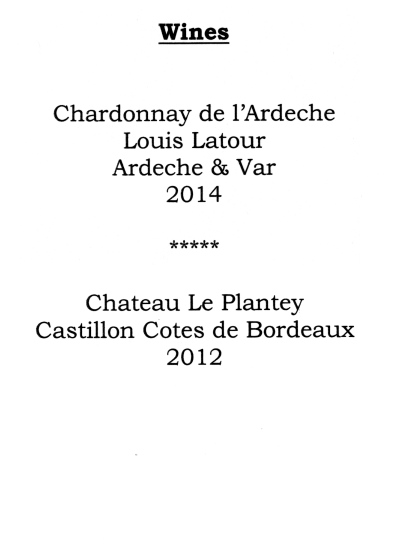

Trinity House
The Corporation of Trinity House grew out of a
Medieval Guild of Mariners to which Henry VIII granted a charter in
1514.
Originally, The Corporation was given the duties of the defence and
pilotage of The Thames. Its functions rapidly multiplied, however, and
in 1566 it was granted the authority to erect and maintain Seamarks and
Land Beacons around the coasts of England and to levy dues on shipping
for their maintenance. The Corporation has performed these duties ever
since. Today Trinity House is the General Lighthouse Authority for
England, Wales and The Channel Islands and Gibraltar, maintaining 69
lighthouses, eleven light vessels and over four hundred other aids to
navigation.
In its later history, Trinity House has been the great guardian of
navigation - building and maintaining lighthouses and seamarks, and
equipping light vessels. It maintains a close alliance with the Royal
Navy in matters concerning hydrography and many other things. On the
philanthropic side, it dispenses large sums in pensions and relief to
distressed mariners and their dependants.
The current House on Tower Hill was built in 1796 to the designs of
Samuel Wyatt but was badly damaged in 1940 and rebuilt in 1953 to the
designs of Professor Sir Albert Richardson. At this time the Library was
added. Trinity House was completely refurbished in 1990 and now the
letting of the Ceremonial Rooms ensures the fabric of the building is
maintained to the highest standard.
HRH The Princess Royal is Master of Trinity House. She succeeded her
father in 2011.

Formation of the Smeatonian Society of Civil Engineers
Long before the 1760s, there had been engineers
carrying out non-military engineering works (both civil and mechanical
in the modern sense). Indeed by the middle of the 18'” Century, at least
a dozen engineers were well known as leaders in the design and
construction of important engineering works and machinery and in
progressing projects through Parliament.
Among these were Robert Mylne, an eminent bridge and canal engineer, and
John Smeaton who had been born near Leeds in 1724 and had designed
numerous projects including Eddystone Lighthouse and various harbours,
bridges, canals and land drainage schemes. Smeaton was the first to
describe himself as a “Civil Engineer” which he did in 1768 in his
“Review of the Forth and Clyde Navigation”. In doing so he not only
differentiated his calling from that of the military engineer but
identified a new profession.
The Smeatonian Society of Civil Engineers is the oldest Society of
engineers in the world and embraces engineers of all specialisations.
The use of the title “Civil Engineer” on the opening page of the Minutes
of the Society in 1771 marked the first formal recognition of the new
profession. Founder members, together with Smeaton and Mylne, included
Joseph Nickalls, John Grundy and Thomas Yeoman who was elected the first
President.
The Latin motto “Thou hast ordered all things in measure and number and
weight” is taken from Apocrypha, the Wisdom of Solomon, and was adopted
in 1793, The Greek motto, construed to mean “By art we master what would
master us”, was added in 1843.